MARKET OVERVIEW
The North America Guy Strand market provides essential support and stability to structures in various industries. Guy strands, composed of high-strength steel wires, are strategically employed to reinforce and anchor structures like utility poles, communication towers, and other tall installations. This market is inherently dynamic, responding to the diverse needs of industries that rely on robust structural integrity.
One of the primary applications of guy strands in North America is within the telecommunication sector. As the demand for seamless and high-speed communication continues to surge, the installation of telecommunication towers becomes paramount. Guy strands, with their ability to absorb and distribute the forces exerted on these towers, contribute significantly to ensuring their stability and longevity. This is particularly vital in a region where the communication infrastructure forms the backbone of various sectors.
Moreover, the energy sector in North America heavily depends on the reliable support provided by guy strands. Utility poles and electrical transmission towers utilize these strands to withstand environmental forces, ensuring uninterrupted power supply. The robustness of guy strands becomes imperative in regions susceptible to adverse weather conditions, where the resilience of utility structures is critical to maintaining a resilient power grid.
In the construction industry, the North America Guy Strand market finds applications in supporting temporary structures like scaffolding and cranes. The versatility of guy strands extends beyond traditional applications, demonstrating their adaptability to diverse needs within the construction landscape. This adaptability enhances the market’s significance as a key player in the stability and safety of construction projects across the region.
As urbanization continues to reshape North America’s skyline, the demand for reliable structural reinforcement provided by guy strands is expected to grow. The market’s trajectory is influenced not only by the need for stability in existing structures but also by the evolving demands of emerging construction projects. Innovations in materials and manufacturing processes contribute to the ongoing evolution of the North America Guy Strand market, ensuring that it remains a pivotal element in the region’s infrastructure development.
The North America Guy Strand market serves as an indispensable component in various industries, contributing to the stability and durability of structures that form the backbone of modern life. Its applications in telecommunication, energy, and construction underscore its importance in ensuring the resilience and longevity of critical installations across the region. As industries continue to advance and evolve, the North America Guy Strand market remains at the forefront, adapting to new challenges and contributing to the structural integrity of the built environment.
North America Guy Strand market is estimated to reach $1,211.0 Million by 2031; growing at a CAGR of 4.1% from 2024 to 2031.
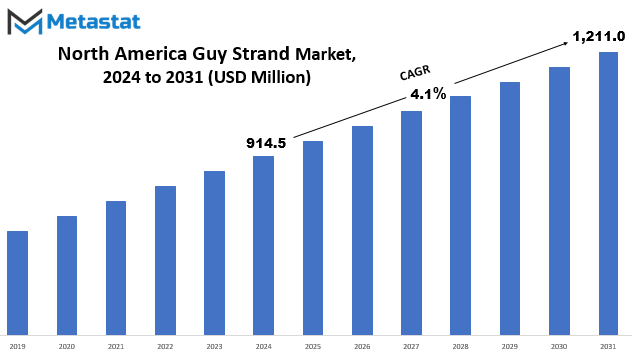
GROWTH FACTORS
The North America Guy Strand market is experiencing growth driven by certain key factors. However, there are potential hindrances that might affect this upward trend. Despite these challenges, there are promising opportunities on the horizon.
Several factors contribute to the growth of the Guy Strand market in North America. These factors act as catalysts, propelling the market forward. They play a pivotal role in shaping the positive trajectory of the market. Understanding and leveraging these growth factors is essential for businesses operating in this sector.
On the flip side, certain challenges pose threats to the market's growth. These obstacles need careful consideration to develop effective strategies that mitigate their impact. Identifying and addressing these challenges is crucial for sustaining the overall health of the North America Guy Strand market.
Despite the potential hurdles, there remains a silver lining in the form of lucrative opportunities. These opportunities present themselves as openings for businesses to explore and capitalize on. Recognizing and seizing these chances could prove instrumental in steering the market towards continued growth in the years to come.
The North America Guy Strand market is marked by a delicate balance between growth factors, challenges, and opportunities. Navigating this landscape requires a nuanced approach that acknowledges both the positive and negative aspects. By doing so, businesses can position themselves strategically, ensuring resilience and sustained success in this dynamic market.
MARKET SEGMENTATION
By Type
The North America Guy Strand market can be categorized into various types, aiming to provide a more detailed understanding of its composition. These types include Galvanized Steel Wire, Stranded Steel Wire, Aluminum Wire, and Others, which encompasses High tensile wire and Synthetic rope.
Galvanized Steel Wire plays a significant role in the North America Guy Strand market. This type of wire is known for its protective coating of zinc, enhancing its durability and resistance to corrosion. Galvanized Steel Wire is widely used in various applications due to its reliability and strength, making it a crucial component in the construction and utility sectors.
Another essential category within the market is Stranded Steel Wire. This type involves multiple steel wires twisted or braided together, forming a stronger and more flexible structure. Stranded Steel Wire finds applications in diverse industries, including telecommunications and power transmission, owing to its ability to withstand tension and pressure.
Aluminum Wire represents another integral segment in the North America Guy Strand market. Aluminum is preferred for its lightweight nature and corrosion resistance. This type of wire is commonly employed in situations where minimizing weight is crucial, such as in aerial power lines or structural support systems.
Beyond these primary categories, the market includes a miscellaneous grouping termed Others. This comprises High-tensile wire and Synthetic rope. High-tensile wire is recognized for its elevated strength, making it suitable for applications demanding robust support. On the other hand, Synthetic rope, made from man-made materials, offers flexibility and resistance to environmental conditions, expanding its utility in various sectors.
The North America Guy Strand market can be dissected into Galvanized Steel Wire, Stranded Steel Wire, Aluminum Wire, and Others (High-tensile wire, Synthetic rope). Each type serves specific purposes within the market, contributing to the overall functionality and versatility of guy strands in various industries.
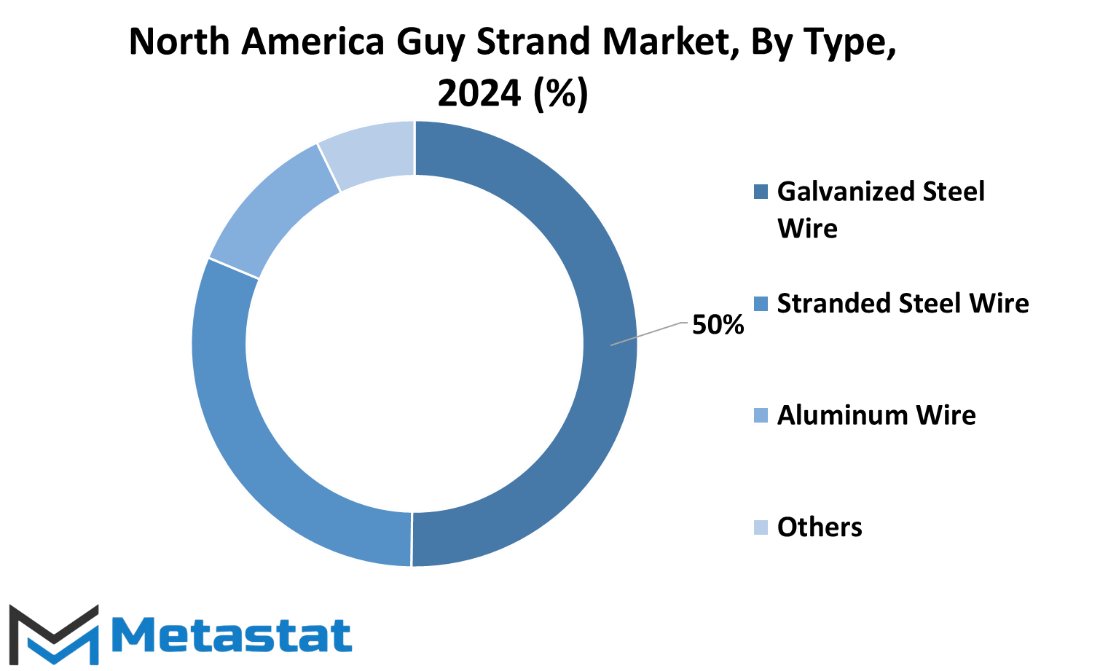
By Grade
In the North American Guy Strand market, the segmentation is based on different grades. These grades play a crucial role in determining the quality and specific applications of the guy strands. The market categorization includes Utilities, Common, Siemens-Martin, High Strength, and Extra High Strength.
The Utilities grade represents a category tailored for utility purposes. This grade is specifically designed to meet the standards and requirements of various utility applications. It ensures reliability and efficiency in utility-related projects.
Moving on, the Common grade is a versatile category that finds widespread use in various applications. Its adaptability makes it a commonly chosen option across different industries and projects. The Common grade strikes a balance between functionality and general purpose use.
Next up, the Siemens-Martin grade brings its own set of characteristics to the market. This grade is known for its specific composition and properties, making it suitable for applications that demand the unique attributes it possesses. Industries and projects with distinct requirements often find the Siemens-Martin grade to be a fitting choice.
High Strength guy strands take the market segmentation a step further. This grade is engineered to offer enhanced strength, making it ideal for projects that require a higher load-bearing capacity. The High Strength category ensures durability and reliability in demanding applications.
The Extra High Strength grade represents the top tier in the market segmentation. Tailored for projects with exceptionally high demands, this grade provides the utmost strength and resilience. Its use is reserved for situations where standard strength may not suffice, emphasizing its significance in specialized applications.
The North American Guy Strand market is delineated by distinct grades – Utilities, Common, Siemens-Martin, High Strength, and Extra High Strength. Each grade serves a specific purpose, catering to the diverse needs of various industries and projects. The market’s segmentation allows for a nuanced selection of guy strands based on the specific requirements of different applications.
By Application
The North America Guy Strand market is segmented based on its applications, providing a more detailed look into its various uses. These applications include Utility Distribution Cable, Messenger Wire, Overhead Ground or Static Wire, Communication Cable, and others like Aircraft Cable and ACSR.
The Utility Distribution Cable serves a crucial role in delivering power across different areas, ensuring a reliable electricity supply to homes and businesses. Messenger Wire is another application, commonly used to provide additional support to cables in various settings. Overhead Ground or Static Wire is employed for grounding purposes, enhancing safety in electrical systems.
Communication Cable plays a vital role in facilitating the exchange of information, serving as the backbone for telecommunication networks. In addition to these primary applications, there are other uses like Aircraft Cable, which finds its place in aviation, and ACSR (Aluminum Conductor Steel Reinforced), offering a combination of strength and conductivity.
By categorizing the Guy Strand market based on these applications, stakeholders gain a comprehensive understanding of how these products are utilized in different sectors. This segmentation allows for a more targeted analysis of the market trends and demands, aiding industry participants in making informed decisions and strategies.
REGIONAL ANALYSIS
In the North America Guy Strand market, it is essential to consider the regional perspective. North America, a vast continent, is subcategorized into the United States, Canada, and Mexico. This division allows for a more nuanced understanding of the market dynamics within this geographical expanse.
Delving into the U.S. segment, it becomes evident that the Guy Strand market here is shaped by various factors unique to the country. Economic indicators, regulatory frameworks, and local demand trends play pivotal roles in influencing the dynamics of this market. The United States, being a significant player in the global economy, has a robust market for Guy Strand, driven by infrastructure projects, construction activities, and utility applications.
Moving northward, Canada exhibits its own distinct characteristics in the Guy Strand market. The Canadian market is influenced by factors such as geographic considerations, climatic conditions, and the country's economic landscape. Local industries, construction projects, and utility requirements contribute to the demand for Guy Strand in this region.
Crossing the southern border, Mexico completes the triad of North America's Guy Strand market. In this segment, factors like economic development, industrial growth, and infrastructure expansion play crucial roles. The Mexican market reflects its unique set of challenges and opportunities, contributing to the overall regional dynamics of the Guy Strand market in North America.
Analyzing the North America Guy Strand market from a regional perspective allows stakeholders to tailor their strategies based on the specific nuances within each country. This approach recognizes the diverse influences that shape market trends, fostering a more accurate understanding of the challenges and opportunities present in the North American context.
COMPETITIVE PLAYERS
In the North American Guy Strand market, several key players play a significant role in shaping the industry landscape. Among these influential entities are N.V. Bekaert S.A. and Prysmian S.p.A.
When delving into the regional analysis of the Guy Strand industry, it becomes evident that these companies are pivotal players. N.V. Bekaert S.A. and Prysmian S.p.A. stand out as key contributors to the market's dynamics.
N.V. Bekaert S.A. brings its expertise to the table, impacting the Guy Strand sector with its distinctive approach. Likewise, Prysmian S.p.A. stands as a noteworthy participant, making its mark in the industry.
The involvement of these key players in the Guy Strand market signifies their commitment to driving advancements and influencing the sector's trajectory. As they navigate the market dynamics, N.V. Bekaert S.A. and Prysmian S.p.A. contribute significantly to the overall development and growth of the industry.
The North American Guy Strand market sees the active participation of influential entities such as N.V. Bekaert S.A. and Prysmian S.p.A. Their presence underscores the dynamic nature of the industry, with these players actively shaping its course. As they continue to make their mark, the Guy Strand sector in North America stands to benefit from their contributions and expertise.
North American Guy Strand Market Key Segments:
By Type
- Galvanized Steel Wire
- Stranded Steel Wire
- Aluminum Wire
- Others (High-tensile wire, Synthetic rope)
By Grade
- Utilities
- Common
- Siemens-Martin
- High Strength
- Extra High Strength
By Application
- Utility Distribution Cable
- Messenger Wire
- Overhead Ground or Static Wire
- Communication Cable
- Others (Aircraft Cable, ACSR)
Key North America Guy Strand Industry Players
- N.V. Bekaert S.A.
- Prysmian S.p.A
- American Wire Group
- Easy Up, Inc.
- America Fujikura Ltd. (AFL)
- Kiswire Ltd
- Davis Wire Corporation
- Valmont Site Pro 1
- Conex Cable LLC
- Nehring Electrical Works Company
- MVA POWER INC.
- Multicom, Inc.
- Guy Wire Co
WHAT REPORT PROVIDES
- Full in-depth analysis of the parent Industry
- Important changes in market and its dynamics
- Segmentation details of the market
- Former, on-going, and projected market analysis in terms of volume and value
- Assessment of niche industry developments
- Market share analysis
- Key strategies of major players
- Emerging segments and regional growth potential




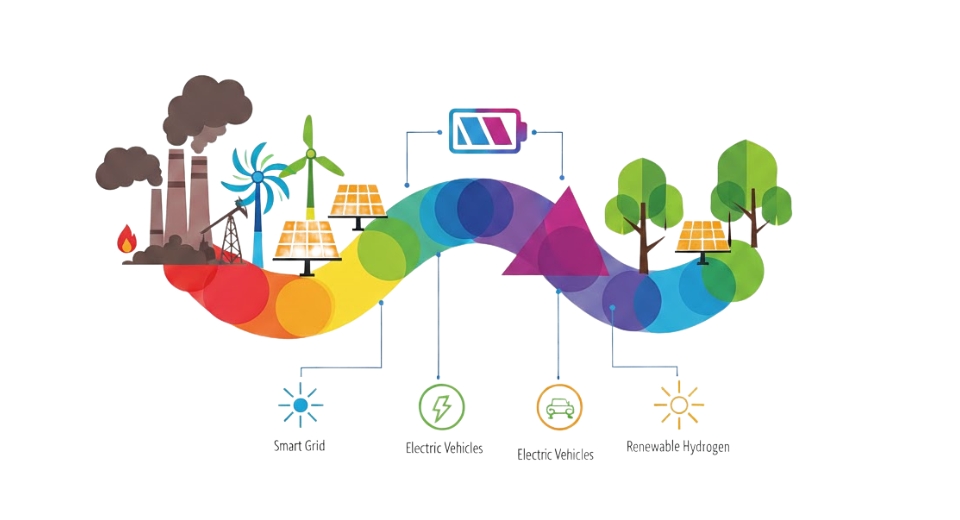
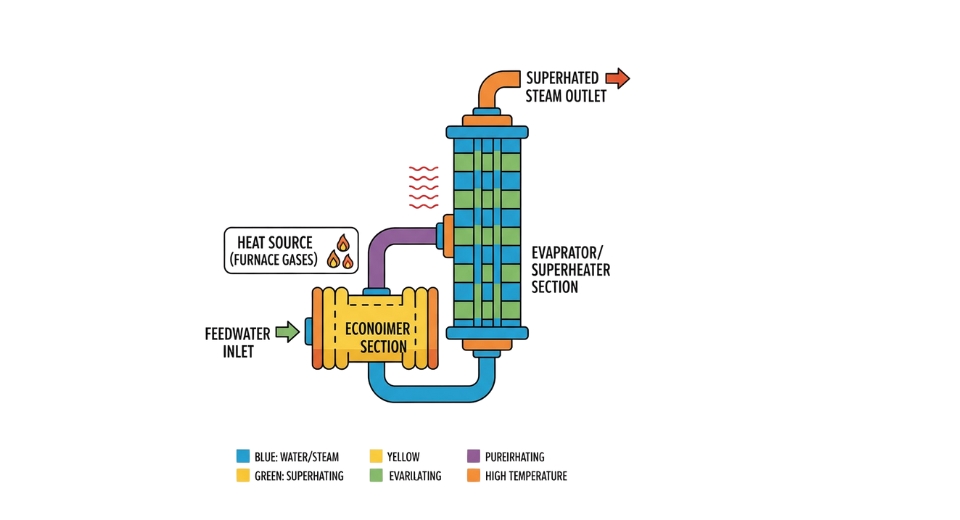
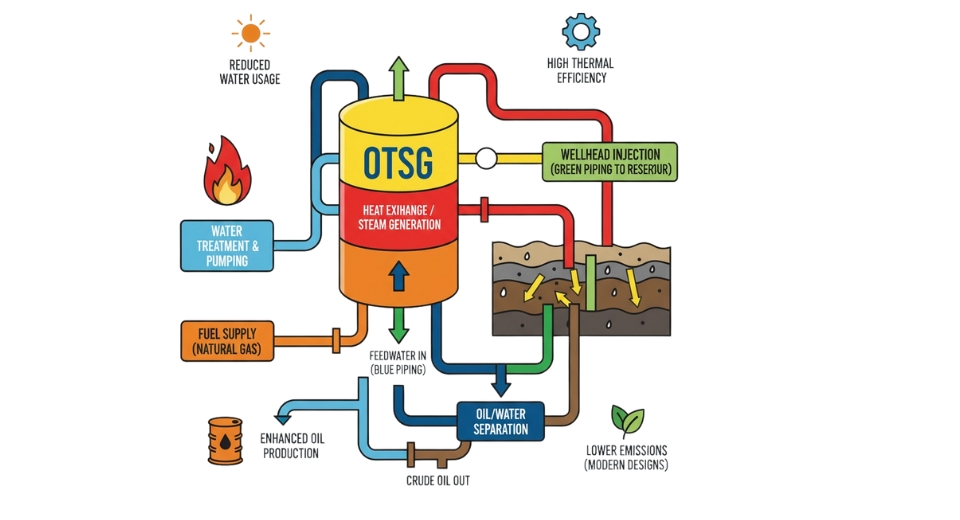

 US: +1 3023308252
US: +1 3023308252






